
The previous post explored Scottish salmon as part of our Scottish Food and Drink Fortnight series. But, as you all know, you can’t discuss the cuisine of the Highlands without mentioning whisky. So in this post, we take a look at some of the fascinating history of Scotch, as well as tips for enjoying this wonderful drink, and a recipe for cooking with it.
Whisky Facts
You probably don’t need us to tell you that Scotch whisky is BIG business. But did you know just how big? For instance, did you know that 40 bottles of Scotch are shipped overseas every second? And that more Scotch is sold in France each month than the total amount of cognac sold there in a year! So in the time you’ve been reading this, someone somewhere has been enjoying a sip.
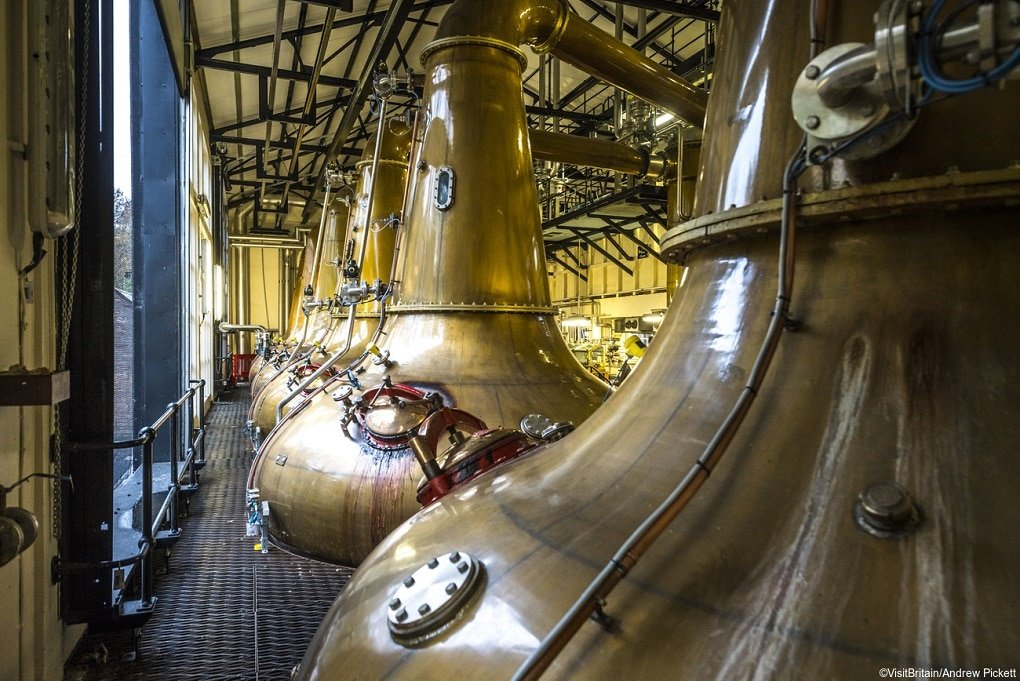
Scotch was first mentioned in writing in 1495, in Scotland’s Exchequer Rolls with a friar by the name of John Cor distilling at Lindores Abbey in Fife. The listing details enough malt to make almost 1,500 bottles of whisky (referred to in the Rolls as “aqua vitae”) so clearly the practice of distilling was not new. Last year, in October 2017, a distillery reopened at the Abbey for the first time in more than 500 years. Tours are now available, as well as whisky afternoon teas.
What Makes Whisky?
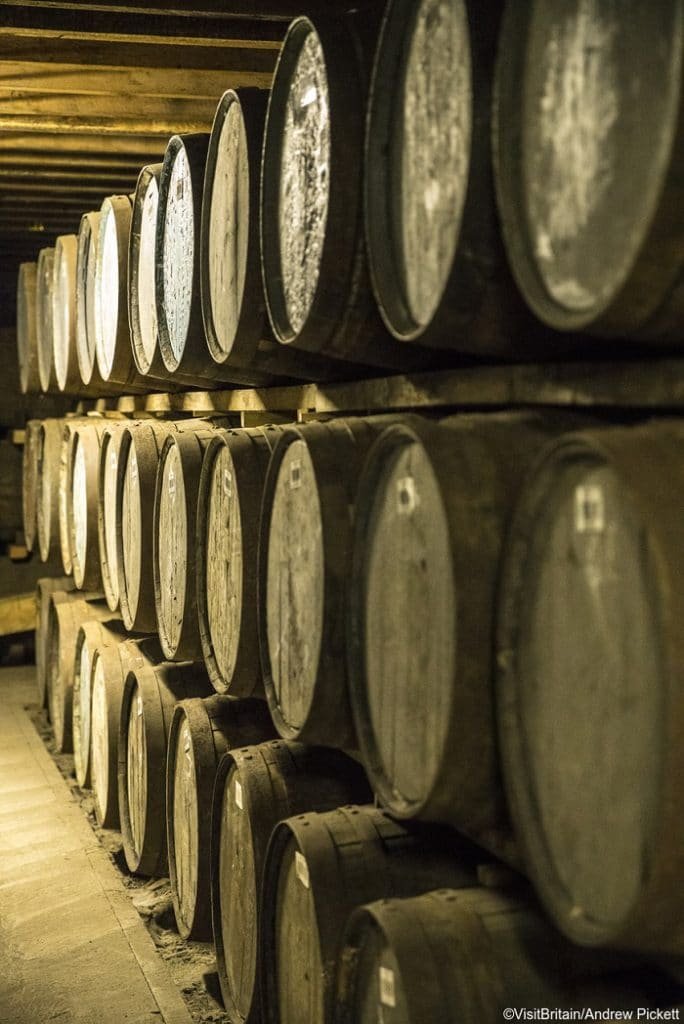
Scotch whisky carries Protected Geographical Indication (PGI) status. As such, it is carefully regulated. To be properly considered Scotch, it must be produced at a distillery in Scotland. It must be made from water and malted barley, with the only permitted additions being wheat, rye, and occasionally a hint of caramel colour. The mash must be produced at the distillery, and fermentation must also take place there.
It must be aged in oak barrels for at least three years, and is divided into five categories, as defined below by the Scotch Whisky Regulations of 2009:
- Single Malt – A Scotch Whisky distilled at a single distillery (i) from water and malted barley without the addition of any other cereals, and (ii) by batch distillation in pot stills.
- Single Grain – A Scotch Whisky distilled at a single distillery (i) from water and malted barley with or without whole grains of other malted or unmalted cereals, and (ii) which does not comply with the definition of Single Malt Scotch Whisky.
- Blended Malt – A blend of one or more Single Malt Scotch Whiskies with one or more Single Grain Scotch Whiskies.
- Blended Grain – A blend of Single Malt Scotch Whiskies distilled at more than one distillery.
- Blended – A blend of Single Grain Scotch Whiskies distilled at more than one distillery.
Scotland’s Whisky Regions
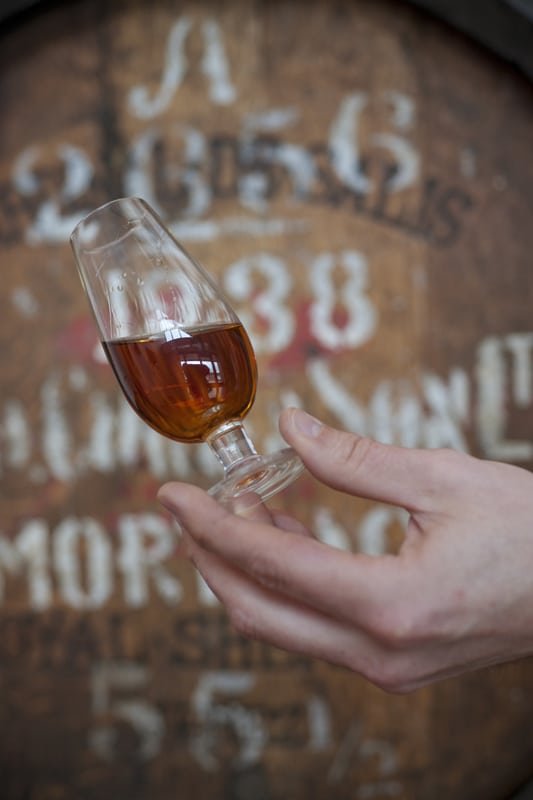 Scotland’s 126 whisky distilleries tend to be split into five main regions. Traditionally the regions were based on taxation and local regulations. But some believe that the geographic differences in soil, water, air, etc create differences in the finished product. Today, experts argue as to whether the geography makes any valid taste variation given the influence of distillation technology. However, for many, the regions are still a useful means of identification.
Scotland’s 126 whisky distilleries tend to be split into five main regions. Traditionally the regions were based on taxation and local regulations. But some believe that the geographic differences in soil, water, air, etc create differences in the finished product. Today, experts argue as to whether the geography makes any valid taste variation given the influence of distillation technology. However, for many, the regions are still a useful means of identification.
The five regions are:
- Campbeltown
- Lowland
- Islay
- Highland
- Speyside
Enjoying Scotch Whisky
If you tried a sip of Scotch once and didn’t like it, don’t worry. Distillers will always tell you that there is a whisky for everyone. And it’s true. It’s just a case of finding the one with the right flavour notes for you. This is where tasting events can be a huge help. A guided tasting at a distillery or some other event can help you to identify individual notes and decide what you prefer.
As for how to drink it, there is no one way. Some will insist that you must drink it neat, with perhaps an ice cube. Others will only drink with a splash of water. Sometimes it depends on the brand and age of what you are drinking. It may depend on your location. After all, in China it is not uncommon to add green tea! In short, drink it neat, with water, or in a cocktail – whatever works for you is the proper way to drink it. Or add some Scottish honey for a warming hot toddy. Just drink responsibly!
And don’t forget that a blended whisky can be great in cooking too.
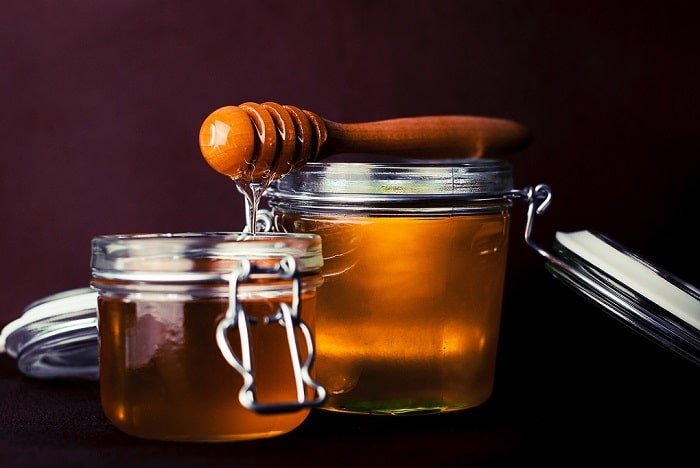
Honey Whisky Cake
In this recipe, honey and whisky mix beautifully to make a cake that will prove popular every time you make it.
8oz/225g butter, softened to room temperature
6oz/170g brown sugar
3 eggs
6oz/170g self-raising flour
4 tbs blended Scotch whisky
1 orange
6oz/170g icing sugar
2 tbs Scottish honey
Cream together 6oz/170g of the butter and the brown sugar. Grate the zest from the orange and add it to the butter. Then beat the eggs and whisk into the butter. Mix well.
Next, sieve half of the flour into the mix and fold in. Pour in the whisky and then fold in the rest of the flour, stirring until you have a smooth batter.
Divide the mix between two greased sandwich tins. Bake at 375F/190C/Gas 5 for about 20 minutes. Remove from the oven and leave to cool for about 5 minutes. Turn out onto a wire rack and leave to cool completely.
Once the cakes have cooled, make the icing. Mix the remaining 2oz butter with the honey and 1 tbs of orange juice. Carefully stir in the icing sugar and combine. Sandwich the sponges together with half of the butter cream, and use the rest to top the cake.
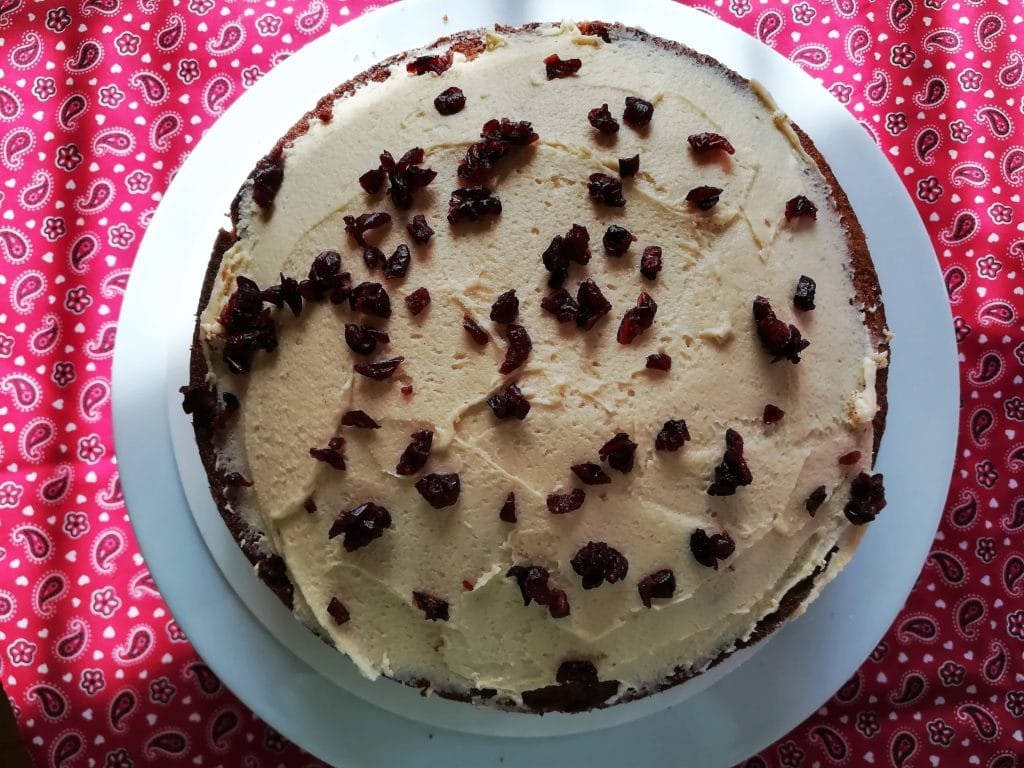
Exploring the Distilleries
You can either explore some of Scotland’s many whisky distilleries by yourself or you can take an organized tour. There are dozens to choose from, whichever part of the country you choose to visit. British Food and Travel is affiliated with Rabbie’s Tours who offer whisky tours ranging in length from 1 day to 17 days. Tours depart from Glasgow, Inverness, and Edinburgh. Visit Rabbie’s Tours for more information. (Note, this is an affiliate link which means we earn a few pennies if you decide to book a trip. Using the link does not cost you anything.)



One thought on “Scotch Whisky – Great for Drinking and Cooking”
Comments are closed.